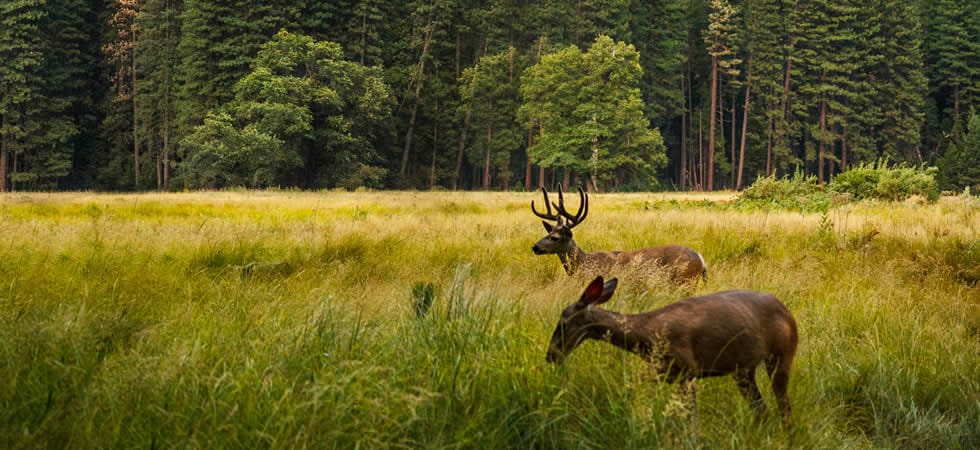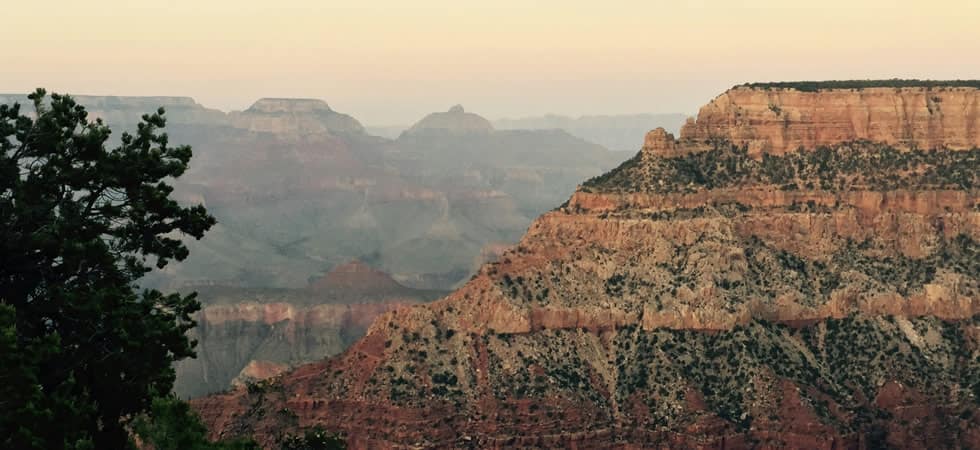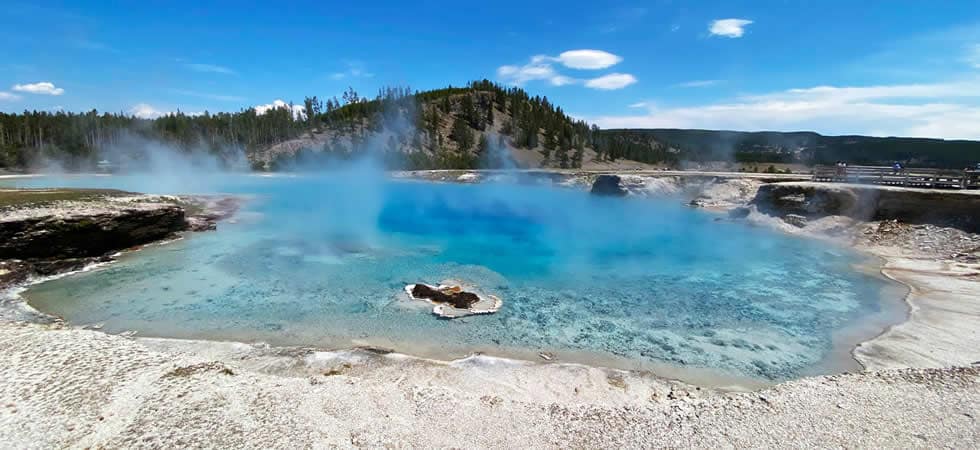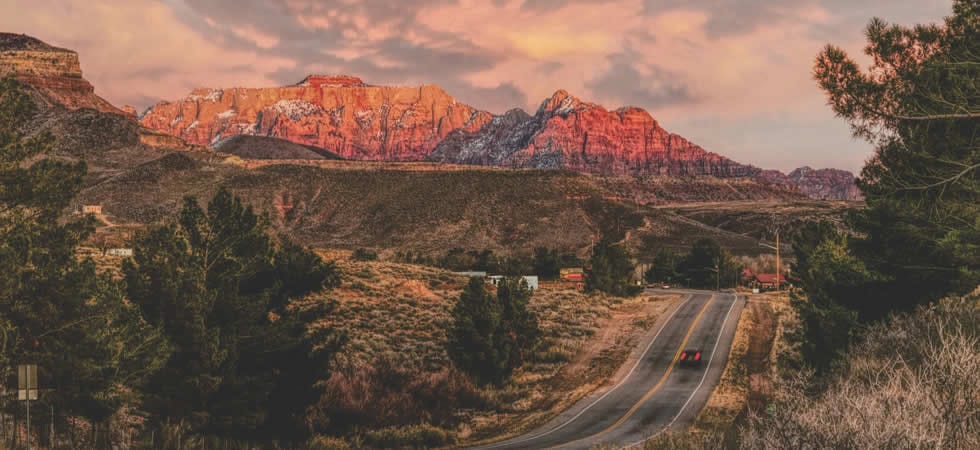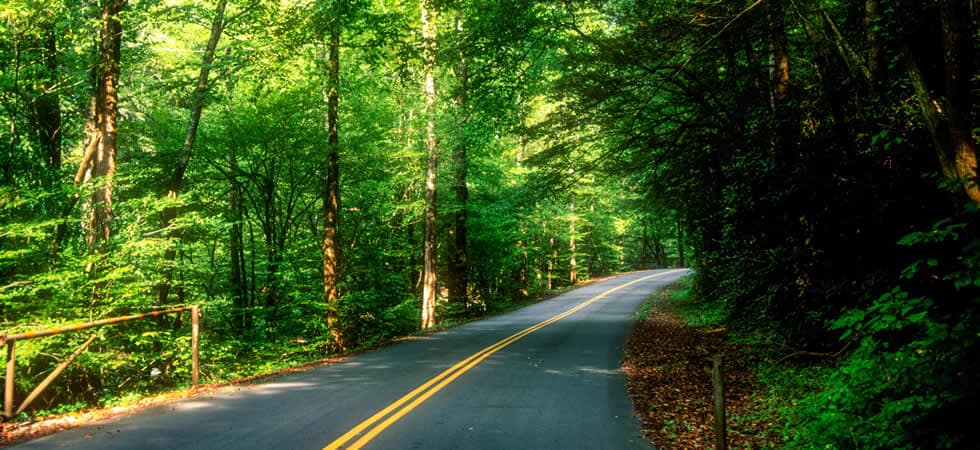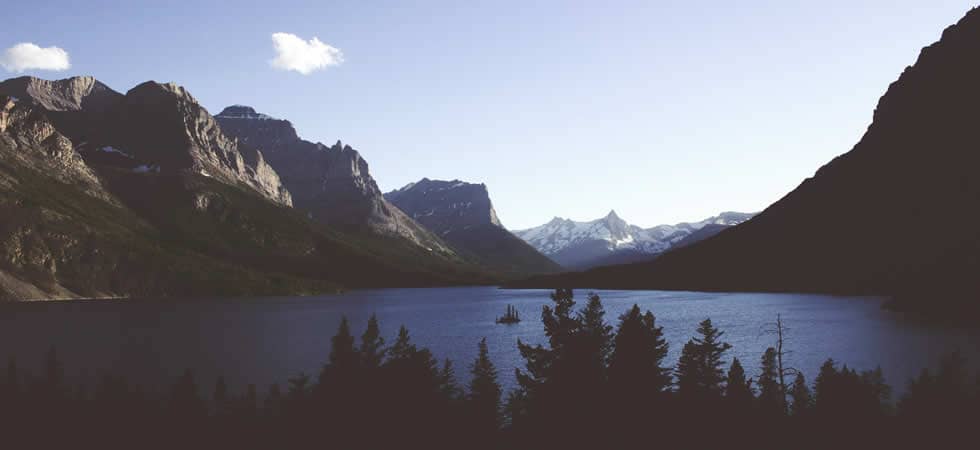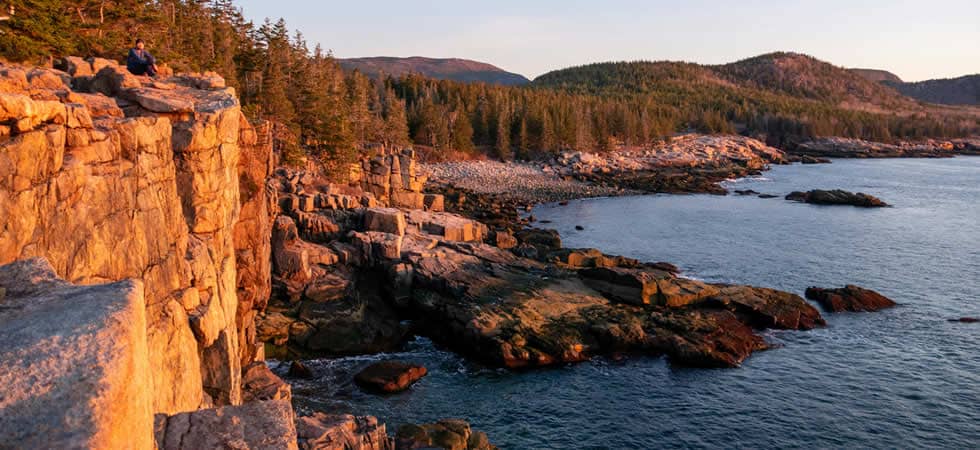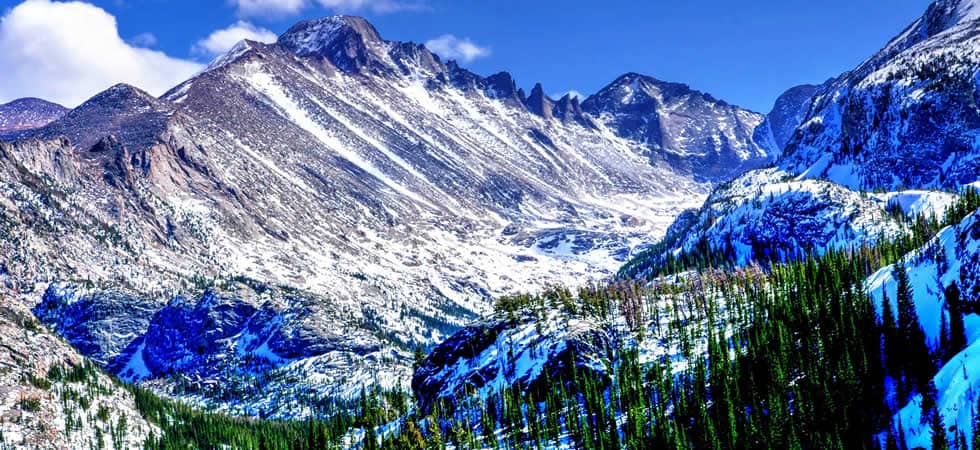8 Best Parks in the United States
America is home to some of the most breathtaking landscapes in the world, and the parks scattered across the country highlight its diverse natural beauty. From towering mountain ranges to tranquil coastlines, sprawling forests to vast deserts, the parks in the United States offer an escape from urban life into serene, scenic, and sometimes wild spaces. Whether you’re an avid hiker, a wildlife enthusiast, or someone who enjoys peaceful strolls in nature, these parks promise memorable experiences. Here, we’ll explore eight of the best parks in the United States, each with its own unique charm and allure.
Yosemite National Park
Nestled in California’s Sierra Nevada mountains, Yosemite National Park is a gem that has captured the hearts of nature lovers for generations. Its iconic landscapes, including the granite cliffs of El Capitan and Half Dome, are awe-inspiring and unforgettable. Yosemite is renowned for its giant sequoias, some of the largest trees in the world, found in the Mariposa Grove. The park also boasts magnificent waterfalls like Yosemite Falls, which cascades dramatically, especially during springtime when the snow melts.
The park’s diverse ecosystem provides a habitat for a wide range of wildlife, including black bears, mule deer, and the elusive bobcat. The vast wilderness of Yosemite makes it a prime spot for hiking, rock climbing, and camping. There’s a trail for every skill level, from easy walks like the Yosemite Valley Loop to the more challenging ascent up to Half Dome. Whether you’re drawn by the peaceful meadows, the wildlife, or the challenge of scaling its rocky peaks, Yosemite National Park offers an unforgettable experience for all visitors.
- Location: Central California, in the Sierra Nevada Mountains
- Size: Approximately 748,436 acres (1,169 square miles or 3,028 square kilometers)
Grand Canyon National Park
Few sights in the world are as instantly recognizable or as humbling as the Grand Canyon. Carved by the Colorado River over millions of years, this immense canyon in Arizona is one of the most iconic landmarks in the United States. Grand Canyon National Park offers more than just a stunning view; it’s an immersive experience in geology, history, and adventure.
Standing on the edge of the canyon, peering down into its vastness, is a moment that can take your breath away. The canyon stretches over 277 miles long and more than a mile deep, with varying colors that shift with the time of day, giving it an almost otherworldly glow. The South Rim is the most visited area, offering easy access to trails and viewpoints, while the North Rim provides a more secluded and rugged experience.
Visitors to the Grand Canyon can enjoy everything from leisurely walks along the rim to more strenuous hikes into the canyon itself, such as the Bright Angel Trail. For the truly adventurous, rafting trips along the Colorado River offer a unique perspective of the canyon’s depth and beauty. The Grand Canyon also holds significant cultural importance, with ancient rock dwellings and art from the Native American tribes who once called this land home.
- Location: Northern Arizona
- Size: Approximately 1,217,262 acres (1,902 square miles or 4,926 square kilometers)
Yellowstone National Park
As the first national park in the United States, and arguably the world, Yellowstone National Park holds a special place in the hearts of adventurers and conservationists alike. Spanning parts of Wyoming, Montana, and Idaho, Yellowstone is famous for its geothermal features, wildlife, and stunning landscapes. Old Faithful, one of the park’s most well-known geysers, erupts regularly and is a must-see for any visitor.
The park sits atop a volcanic hotspot, which is responsible for its numerous geothermal attractions. In addition to geysers, visitors will find hot springs, mud pots, and fumaroles. The Grand Prismatic Spring, with its vivid blue, green, and orange colors, is another remarkable feature of Yellowstone’s thermal landscape.
Yellowstone is also a sanctuary for wildlife. Herds of bison, elk, and deer roam freely, while wolves and grizzly bears offer a more thrilling, albeit less commonly seen, glimpse of the wild. The park’s varied terrain includes rivers, lakes, forests, and the striking Yellowstone Canyon. With its rich diversity of natural wonders, Yellowstone is a park where visitors can spend days exploring and still leave with more to see on their next visit.
- Location: Primarily in Wyoming, extending into Montana and Idaho
- Size: Approximately 2,219,791 acres (3,472 square miles or 8,991 square kilometers)
Zion National Park
Located in Utah, Zion National Park is known for its steep red cliffs, canyons, and a diversity of plant and animal life that defies the stark desert environment. The beauty of Zion lies in its contrast between towering sandstone cliffs and lush riverbeds, offering visitors an otherworldly landscape filled with vibrant colors and dramatic vistas.
One of the park’s most famous features is The Narrows, a stunning hike through a river gorge where walls rise almost 1,000 feet above the Virgin River. It’s a hike that requires you to wade through the river itself, making it both challenging and exhilarating. Angels Landing is another iconic hike, offering breathtaking views of the canyon below, though it is not for the faint of heart due to its steep and narrow trails.
Zion also offers more accessible paths for those who prefer a less intense experience. The Riverside Walk is an easy, paved trail that provides beautiful views of the Virgin River and surrounding cliffs. With its unique landscapes, Zion National Park provides a perfect blend of adventure and tranquility, offering something for everyone.
- Location: Southwestern Utah
- Size: Approximately 147,242 acres (230 square miles or 595 square kilometers)
Great Smoky Mountains National Park
Straddling the border between North Carolina and Tennessee, Great Smoky Mountains National Park is the most visited national park in the United States. Known for its mist-covered peaks, dense forests, and rich biodiversity, the park is a haven for wildlife enthusiasts and hikers alike. The name “Smoky” comes from the natural fog that often hangs over the mountains, which appears as wisps of smoke rising from the valleys.
The park is famous for its variety of plant life, with over 19,000 documented species of flora and fauna. Visitors may encounter black bears, white-tailed deer, and a host of bird species, making it a great destination for nature watching. The park’s numerous trails, such as the Appalachian Trail, provide ample opportunities for both leisurely walks and strenuous hikes. Clingmans Dome, the highest point in the park, offers panoramic views of the surrounding mountains and is accessible by a short, paved path.
Autumn is an especially popular time to visit the Great Smoky Mountains, as the fall foliage transforms the landscape into a sea of vibrant reds, oranges, and yellows. With its breathtaking vistas, abundant wildlife, and historic sites, Great Smoky Mountains National Park offers a quintessential American outdoor experience.
- Location: Border of North Carolina and Tennessee
- Size: Approximately 522,427 acres (816 square miles or 2,114 square kilometers)
Glacier National Park
Glacier National Park, located in Montana, is often referred to as the “Crown of the Continent” due to its pristine wilderness and dramatic landscapes. The park’s name comes from the many glaciers that shaped its valleys and peaks, though only a few active glaciers remain today. Despite this, the rugged beauty of Glacier National Park continues to draw visitors from around the world.
The Going-to-the-Sun Road, a 50-mile highway that cuts through the park, is one of the most scenic drives in the United States. Along the way, visitors will witness waterfalls, glacial lakes, and towering mountain ranges. The park’s hiking trails, such as the Highline Trail, offer even more intimate views of its stunning landscapes, from alpine meadows to dense forests.
Wildlife is abundant in Glacier National Park, with sightings of mountain goats, grizzly bears, and moose being common for those venturing deeper into the park’s wilderness. The park is also a designated International Dark Sky Park, making it an excellent destination for stargazing. Glacier National Park is a reminder of the raw, untamed beauty that still exists in the United States, offering visitors a chance to reconnect with nature in its most unspoiled form.
- Location: Northwestern Montana, bordering Canada
- Size: Approximately 1,013,322 acres (1,583 square miles or 4,101 square kilometers)
Acadia National Park
Situated on the coast of Maine, Acadia National Park offers a unique blend of coastal and mountain landscapes, making it one of the most scenic parks in the northeastern United States. Acadia is known for its rocky shorelines, granite peaks, and picturesque forests. The park is home to Cadillac Mountain, the highest point on the East Coast, and one of the first places in the United States to see the sunrise.
Acadia’s diverse landscapes offer something for every outdoor enthusiast. The park’s trails range from easy coastal walks to more challenging climbs up rocky peaks. The Ocean Path Trail, which runs along the rugged shoreline, provides stunning views of the Atlantic Ocean, while the Precipice Trail offers a more adventurous climb up the cliffs of Champlain Mountain.
In addition to hiking, Acadia is a popular destination for biking along its carriage roads, which were designed by John D. Rockefeller Jr. and are closed to motor vehicles. The park’s diverse ecosystems make it a haven for bird watchers, with the chance to spot peregrine falcons, bald eagles, and a variety of seabirds. Acadia National Park offers a serene escape where the sea meets the mountains, providing visitors with a peaceful yet exhilarating experience.
- Location: Coastal Maine, primarily on Mount Desert Island
- Size: Approximately 49,075 acres (76 square miles or 198 square kilometers)
Rocky Mountain National Park
Colorado’s Rocky Mountain National Park is a place of towering peaks, alpine lakes, and vast meadows. With elevations ranging from 7,500 to over 14,000 feet, the park offers a dramatic range of landscapes and ecosystems, from montane forests to alpine tundra. The park’s Trail Ridge Road, which crosses the Continental Divide, is the highest continuous paved road in the United States and offers sweeping views of the surrounding mountains.
Hiking is one of the most popular activities in Rocky Mountain National Park, with over 350 miles of trails to explore. One of the park’s most famous hikes is to the stunning Emerald Lake, a crystal-clear glacial lake nestled among the peaks. For those looking for a more leisurely experience, Bear Lake is a beautiful spot for a short walk with views of the surrounding mountains and forests.
Wildlife is abundant in the park, with frequent sightings of elk, bighorn sheep, and marmots. In the fall, visitors are treated to the sound of bugling elk during the mating season, a unique experience that adds to the park’s charm. With its majestic mountains, rich wildlife, and endless opportunities for outdoor adventure, Rocky Mountain National Park is a destination that embodies the spirit of the American wilderness.
- Location: Northern Colorado
- Size: Approximately 265,461 acres (415 square miles or 1,075 square kilometers)



